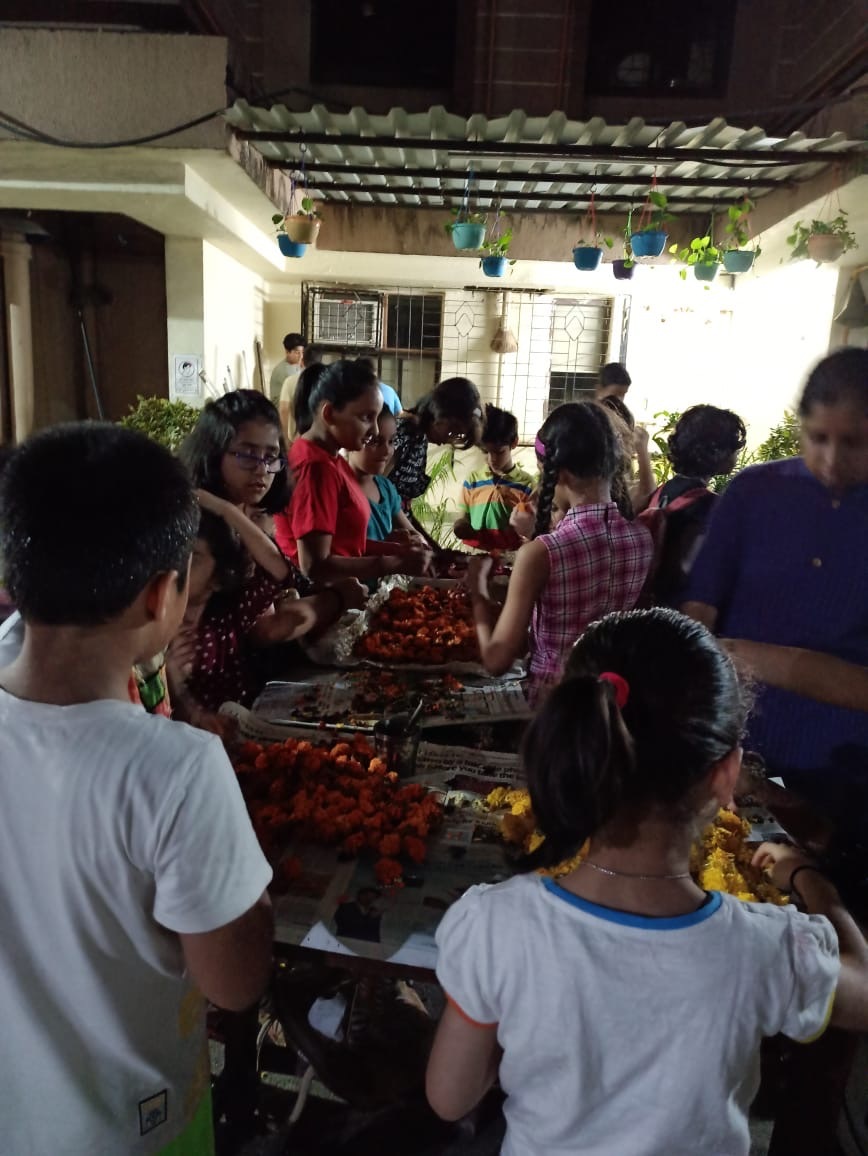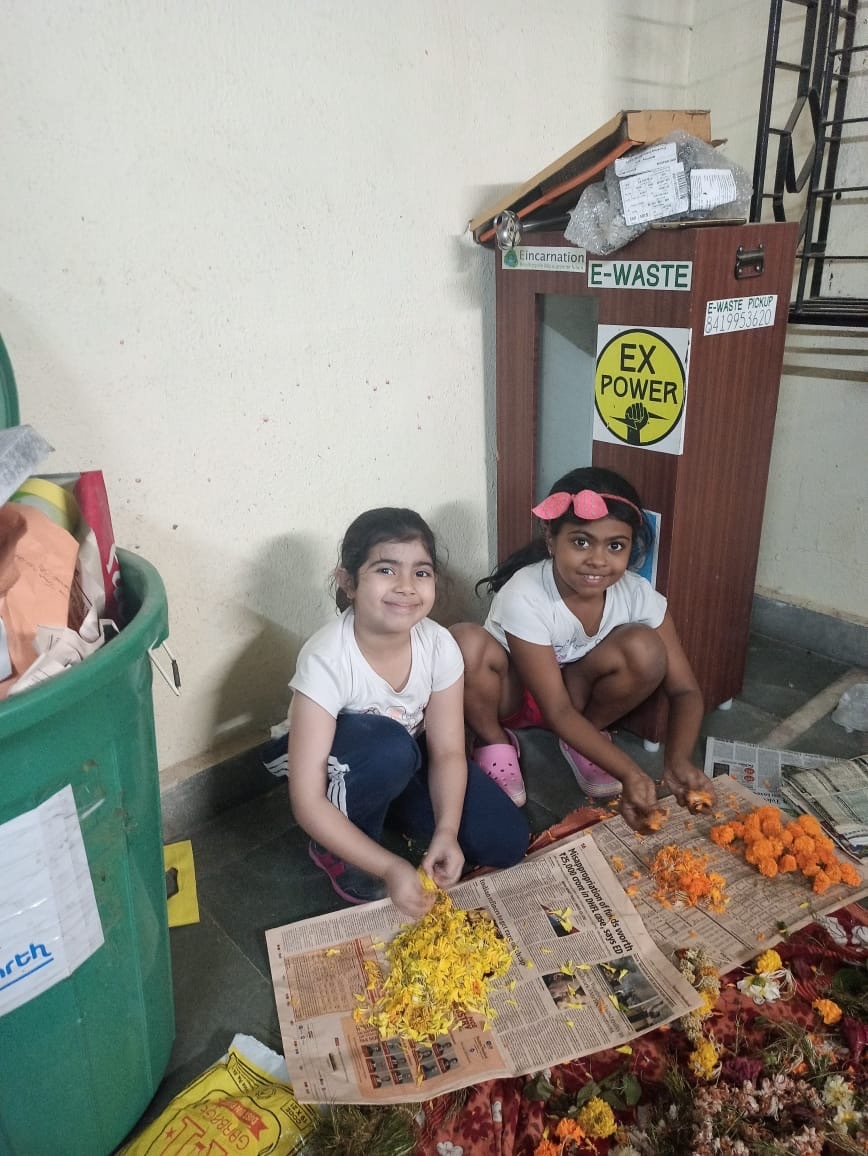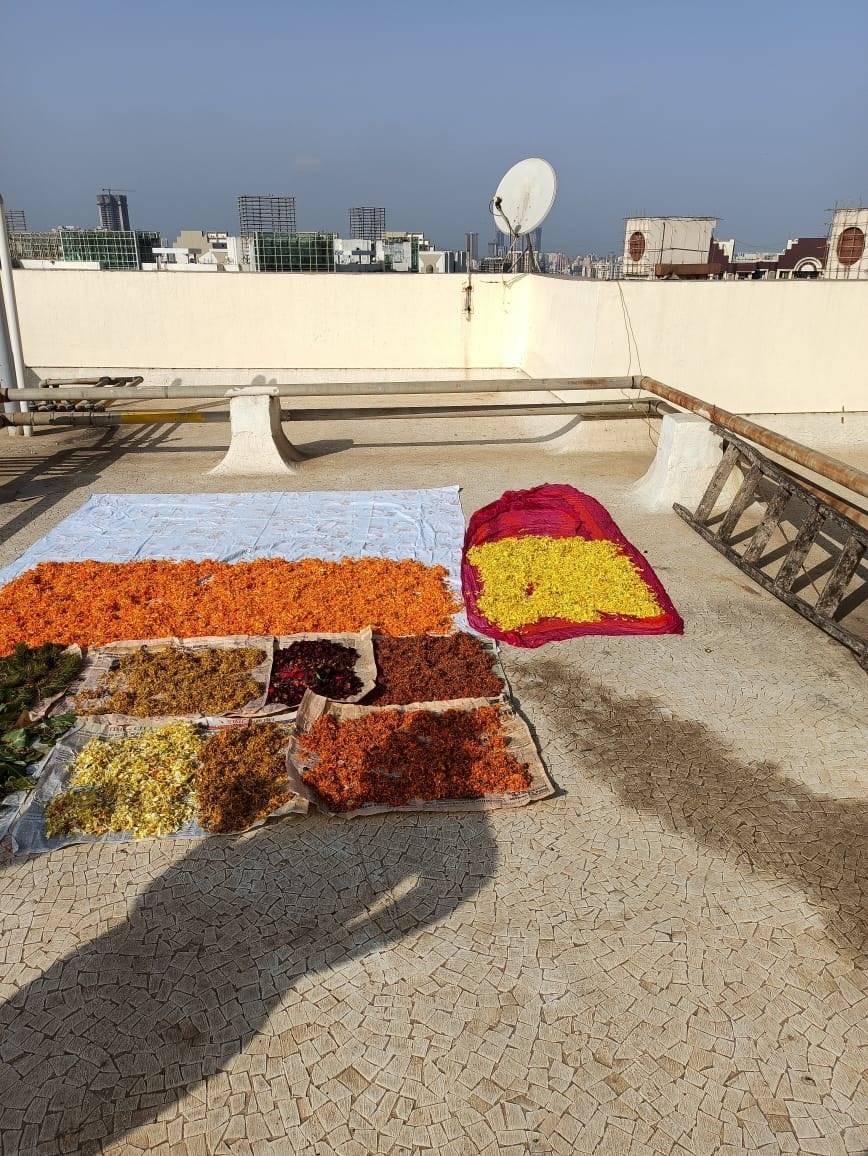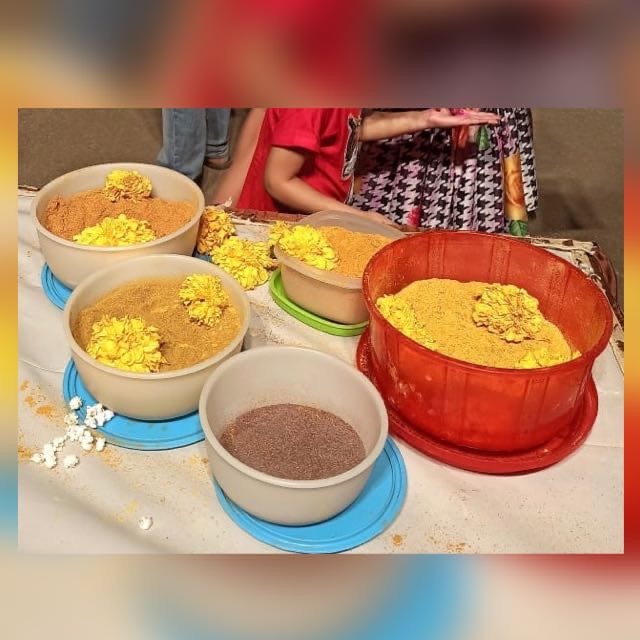March marks the arrival of one of India’s most beloved festivals, Holi. Spirits are high as the occasion marks the end of winter and the beginning of spring. Everyone loves the festival of colours, but our skin, the largest organ on the body, might feel a little differently. The quality of powdered colours is often poor, and can lead to skin irritation, or even burn marks and rashes in severe cases.
Traditionally, Holi colours were made using flowers and herbs that bloomed during the season. Apart from being natural, these colours were also beneficial for the skin. However, in recent times, to meet rising demands, colours nowadays are laced with harmful chemicals.
A safe and affordable solution
This has motivated several companies to come up with organic colours that are skin-friendly. However, these products are often expensive compared to non-organic colours, resulting in many having to opt for the more harmful alternative.
Residents of Riviera Towers in Kandivali East, Mumbai found themselves facing a similar problem. In 2019, a few residents took the initiative to begin looking for affordable alternatives.
“There are around 260 houses in our society. We cannot ask everyone to stop celebrating the festival, nor can we force them to purchase only organic colours. So, through group discussions, we decided to follow the traditional method of making colours using dried flowers,” says Amulya Mangesh a resident of the society.

On a trial basis, a few volunteers started collecting flowers they used to decorate their puja rooms. Colours were made by separating the flowers according to colour, drying them on the terrace, and grinding them using a food blender. Though these colours did not look as bright as synthetic ones, residents say they were satisfied knowing that they were safe to use, and that could wash off easily.
In January 2020, adult volunteers in the society took the responsibility of collecting flowers from households and temples located on the society’s premises. “There are three temples within the society. With help from the pujari (priest), we were able to collect garlands and loose flowers,” says Sujatha Kannan, another resident of the society.
The younger volunteers were responsible for segregating the flowers and leaves according to colours. These piles were laid on the terrace and allowed to dry for a few days.

“The dried flowers were powdered using food blenders that volunteers lent, and stored in an air-tight container,” says Sujatha, adding that within two months, they had enough colours for all 260 houses to celebrate.
However, celebrations were cut short even before Holi arrived, owing to the COVID-19 pandemic. Regardless, the residents and children had fun making the colours. As a precautionary measure, the society cancelled Holi celebrations, but held a small puja instead, where they used these colours.“This year, all celebrations have been banned in the society, but a few households have made organic colours to celebrate among close ones,” says Amulya.
If you, too, wish to celebrate Holi without compromising on the health of your skin,, here’s how you can make organic colours at home:
Step 1: Collect dried flowers of various colours.

Step 2: Separate them according to colour.
Step 3: Spread the petals evenly and allow them to dry under the sun for a few days.

Step 4: Grind the dried petals and leaves using a food blender/mixer.
Step 5: Finally, store it in an airtight container.

No comments:
Post a Comment